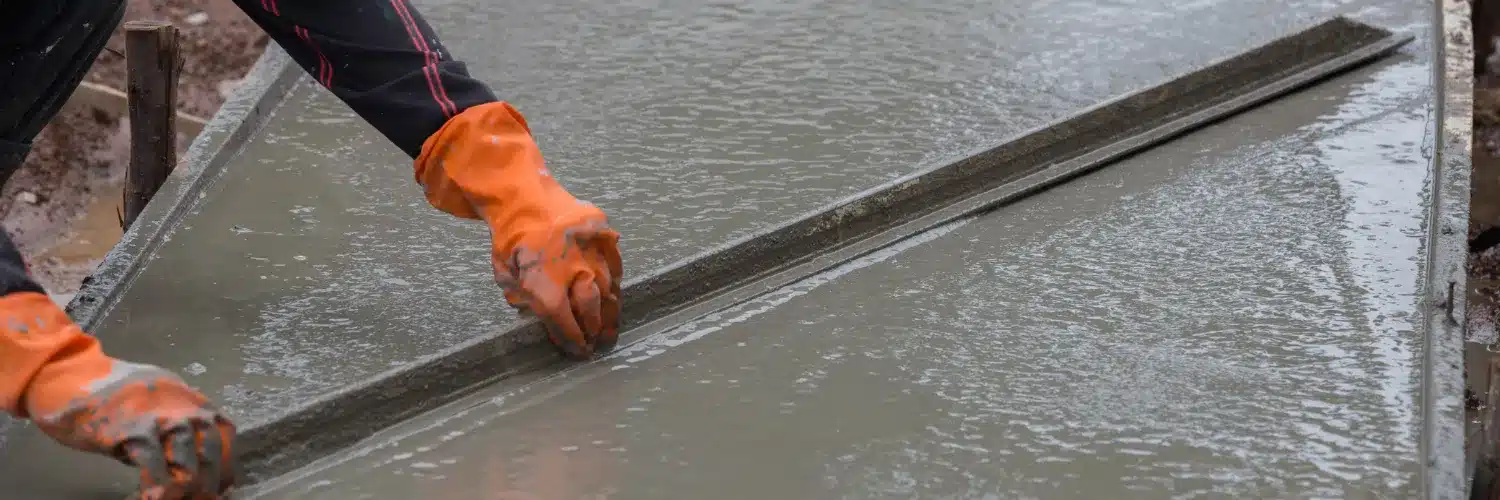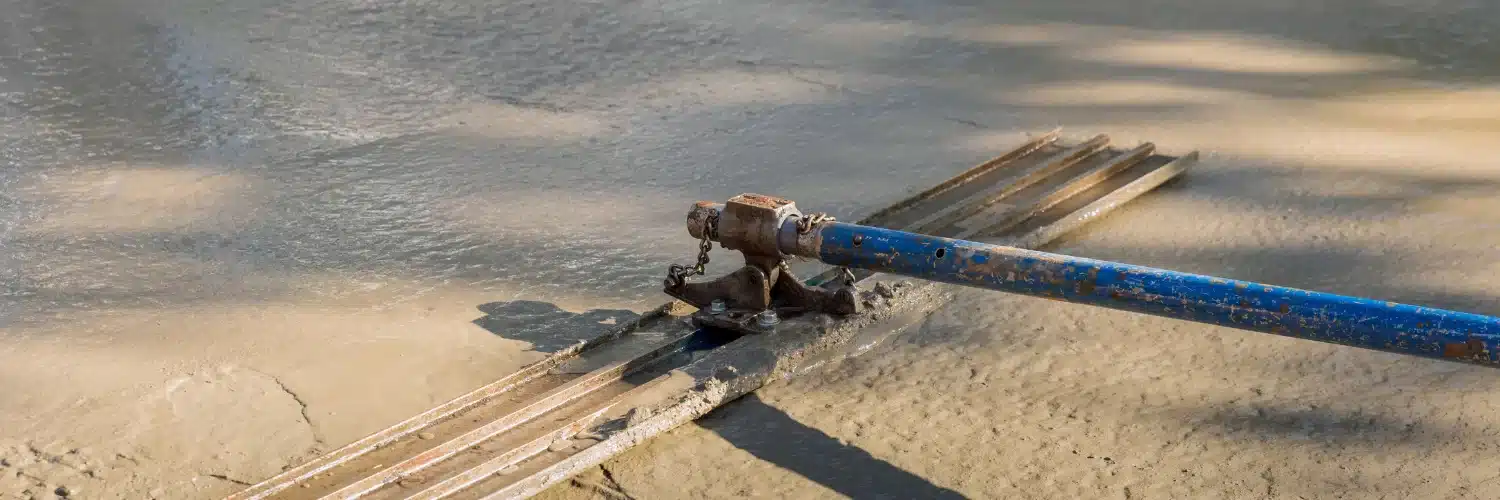Screeding in Cold Weather
Screeding in Cold Weather as winter sets in, construction projects face a unique set of challenges that can impact timelines and quality. One of the primary concerns during colder months is the prolonged drying times caused by the low temperatures. In this blog, we share some quick tips to ensure your projects run smoothly

Understanding the Challenge:
Cold air poses a significant hurdle to construction projects, particularly in terms of slow drying times. When evaporating from the screed, cold air holds less water, leading to extended drying periods. The key to overcoming this challenge lies in creating an environment with warm, moving air to optimise the drying process.
Avoid turning up the heat
It is important to avoid the temptation of cranking up the heat because although this may seem like a quick solution, excessive heat can eventually lead to cracking, compromising the integrity of the floor.
Temperature Guidelines
To ensure optimal conditions for construction, it is advised never to lay when the air temperature is below 3°C, and the floor temperature is below 5°C. Adhering to these guidelines helps prevent complications and ensures a solid foundation for your project.
Extended Drying Times
Acknowledging the challenges posed by winter weather, it’s essential to allow for extended drying times. Patience is key in ensuring that the construction materials are set and cured properly.
Follow Curing Time Recommendations
Every construction material comes with specific curing time recommendations. During winter, it becomes even more critical to adhere to these guidelines. Following the recommended curing times ensures that the materials reach their optimal strength and durability.
Avoid turning up the heat
It is important to avoid the temptation of cranking up the heat because although this may seem like a quick solution, excessive heat can eventually lead to cracking, compromising the integrity of the floor.
Temperature Guidelines
To ensure optimal conditions for construction, it is advised never to lay when the air temperature is below 3°C, and the floor temperature is below 5°C. Adhering to these guidelines helps prevent complications and ensures a solid foundation for your project.
Extended Drying Times
Acknowledging the challenges posed by winter weather, it’s essential to allow for extended drying times. Patience is key in ensuring that the construction materials are set and cured properly.
Follow Curing Time Recommendations
Every construction material comes with specific curing time recommendations. During winter, it becomes even more critical to adhere to these guidelines. Following the recommended curing times ensures that the materials reach their optimal strength and durability.

Ventilation is Key
Maintaining a well-ventilated environment with warm, moving air is crucial during winter construction.
Always Test for Proper Drying and Characteristics
Before progressing with the next phase of your project, always conduct thorough moisture tests to ensure proper drying and the desired material characteristics. This would affect how tiles, wood panels, carpets or resin go on top of the screed and therefore it is not worth the risk. View our moisture testing equipment: https://www.screedgiant.co.uk/product/tramex-cmex5-meter/
Winter construction projects demand extra care and attention to ensure a successful outcome. While waiting a few extra days may test your patience, it is a small price to pay compared to the potential damage that rushing the process can cause.


